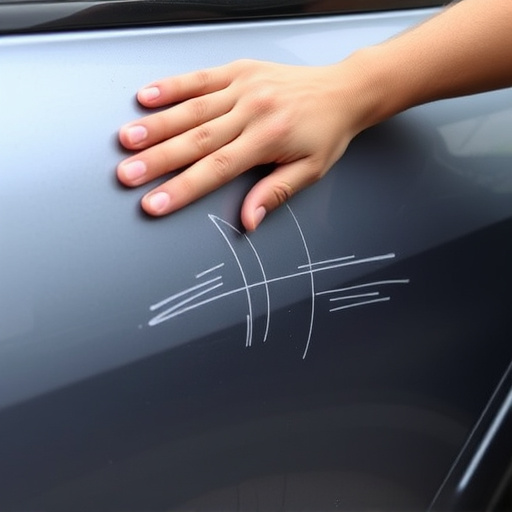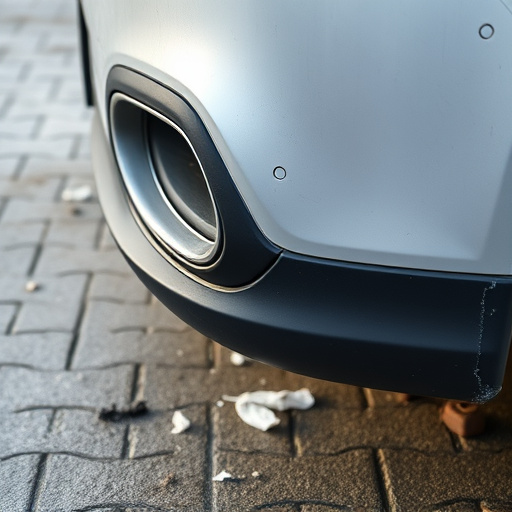Carpet replacement collision management is vital for automotive body shops. Accurate damage assessment and documentation guide repairs, from simple patching to complete floor replacement. Proactive maintenance, standardized procedures, and trained staff minimize costs, ensuring high-quality restoration while keeping prices competitive.
In today’s world, efficient repair cost management is paramount for facilities managers. One often overlooked yet significant factor influencing these costs is the phenomenon of carpet replacement collision – sudden, unexpected damage that can incur substantial expenses. This article delves into the profound impact of carpet replacement collisions, offering practical strategies to minimize repair costs. We explore best practices for proactive cost management, ensuring your facility remains in optimal condition while preserving financial health.
- Understanding Carpet Replacement Collision Impact
- Strategies to Minimize Repair Costs
- Best Practices for Effective Cost Management
Understanding Carpet Replacement Collision Impact

Carpet replacement collision plays a significant role in managing repair cost for automotive body shops and car repair shops. When a vehicle sustains damage, particularly to its interior, the extent of the carpeting affected can greatly influence the overall restoration expenses. This is because carpet replacement is often a detailed process that requires specialized skills and materials.
Automotive repair services providers must carefully assess the collision’s impact on the carpet. Depending on the severity, it could range from simple repairs like patching or reattaching loose fibers to complete replacement. The latter scenario involves removing the damaged carpet, preparing the floor underneath, and installing new carpeting that matches the vehicle’s original specifications. By understanding these nuances, car repair shops can more accurately estimate repair costs, ensuring fair pricing for customers while maintaining high-quality restoration standards.
Strategies to Minimize Repair Costs

To minimize repair costs after a carpet replacement collision, it’s crucial to implement proactive strategies. One key approach is thorough damage assessment immediately following the incident. Identifying and documenting all affected areas, including vehicle bodywork and any required automotive repair, prevents unnecessary work or overspending. Additionally, prioritizing repairs based on severity and cost-effectiveness ensures that resources are allocated wisely.
Regular maintenance can also play a significant role in reducing future repair needs. Keeping records of service appointments and addressing issues promptly, such as loose or damaged parts, can prevent more extensive damage down the line. These proactive measures not only save on carpet replacement collision repair costs but also contribute to maintaining the vehicle’s overall value and condition.
Best Practices for Effective Cost Management

Effective cost management for carpet replacement collision is a multifaceted approach that involves several best practices. Firstly, thorough damage assessment is crucial to determine the extent of the collision and its impact on both the carpeting and other vehicle components like car paint repair or vehicle dent repair. This step ensures that only necessary repairs are undertaken, minimizing unnecessary expenses.
Implementing standardized procedures for repairing or replacing damaged carpets can significantly reduce costs. Utilizing pre-approved vendors and parts for vehicle body repair, including carpet replacement, helps maintain quality while keeping prices competitive. Additionally, regular training sessions for the maintenance team on the latest carpet repair techniques and technology can enhance efficiency and reduce long-term repair costs.
Carpet replacement collisions, while often unforeseen, significantly impact repair cost management. By understanding the effects of these incidents and implementing strategic minimization tactics, facilities managers can effectively control expenses. Adhering to best practices for cost management ensures that repairs are efficient, timely, and budget-friendly, ultimately reducing the financial burden associated with carpet replacements. Strategies discussed in this article offer a roadmap to navigate such challenges, enabling better resource allocation and long-term savings.














